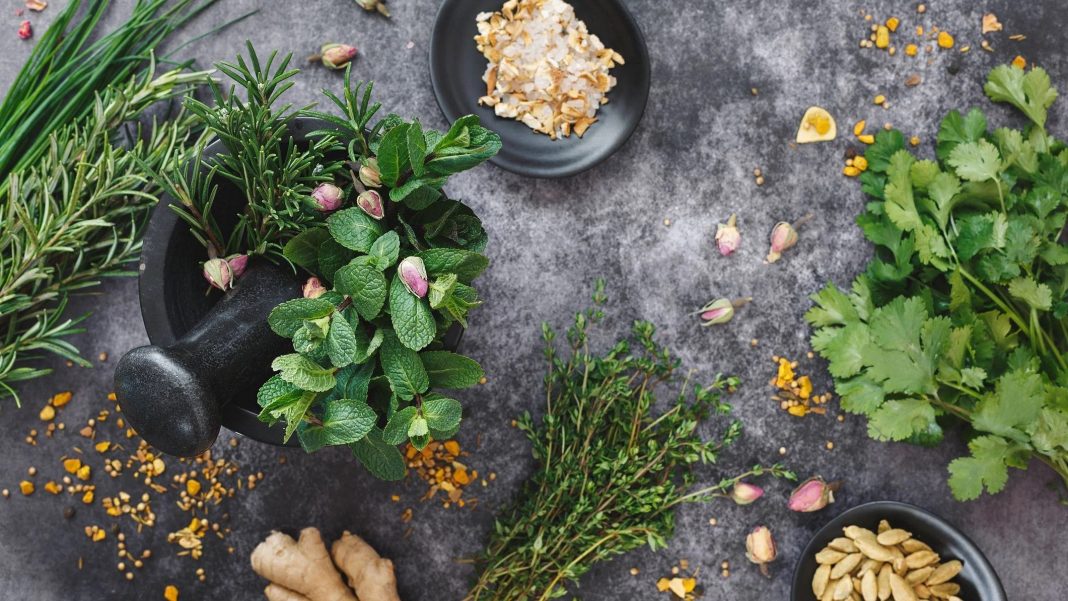The easiest way to be healthy is when we live in accordance with nature. In earlier times this happened naturally—people rose and slept with the sun and ate according to the seasons. But now, with advancements in technology, it is possible to enjoy a mango in December and eat carrots in the summer. But the concept of ritucharya, or living according to the seasons, pretty much forms the backbone of an Ayurvedic lifestyle. The grishma (summer) season calls for lighter food, less exercise and afternoon naps because the weather saps our strength and energy. “In summers, the appetite and digestive capacity is much weaker,” says Dr Mahesh Patil, Ayurvedic physician and founder, Vivekananda Ayurvedic Chikitsalaya, Pune. “So to begin with, the quantity of food must be much lesser—for instance if you eat two rotis on a regular basis, then halve the quantity to one.” He also explains that sweet is the flavour of summer—by this he doesn’t mean refined sugar but ingredients such as ghee, good quality A2 milk, coconuts, cashews, pumpkins, whole grains (like rice) and lentils (for example, moong).
The foods you consume should also be cooling and hydrating to make up for lost fluids in the body. “Summer is a great time to eat something that’s a bit sweet and sour—aam panna, for example, is an excellent summer preparation because it helps quench thirst and reduce heat.” He advises reducing pungent spices that have the tendency to heat the body, and adding a pinch of rock (not table) salt to your summer drink to rehydrate yourself, as it balances electrolytes in the body. This is the time to shift focus away from heating herbs like ashwagandha and tulsi and opt for more cooling options too. Scroll ahead for Dr Patil’s list of nine Ayurvedic herbs you can explore during the hot, sweltering season.
These cooling herbs will help reduce heat in the body during summers
Jatamansi
Prized for its dreadlock-like roots (which explains the ‘jata’ in the name), this extremely cooling ingredient is a mild sedative that calms the body and mind. “Jatamansi is excellent to reduce heat in the head.” He recommends you mix a tsp of the powder in a glass of hot or boiling water, keep it covered for four to six hours, then strain and drink before bed.
Amalaki
“Amla in any form in extremely cooling, however as fresh amla is not available in summer, you could go for the powder form or eat it as a murabba (a sweet fruit preserve),” he says. Dr Patil explains that when consumed, amla helps reduce heat rashes on the skin. “Like the topical application of sandalwood cools skin from the outside, amla cools it from the inside—it is an excellent antioxidant, and works to reduce heat all the way from the upper respiratory area to the lower GI tract.” Mix a tsp of the powder in your juice during summer or boil mint leaves to make tea and add a tsp of the powder.
Bael
Also called bilva, this is one of the most effective summer coolers. “It reduces heat in the liver and intestines, soothes acidity and disturbed digestion.” Scoop out the fruit, puree with water and drink with a bit of rock salt for best results.
Sandalwood
While topical sandalwood calms a heat rash, it can also be consumed. “It is extremely cooling for the lymph, blood and circulatory systems.” It can be especially handy during a sunstroke. “Consume two to four tsps of Chandanasav (an Ayurvedic preparation) twice a day if you’re prone to a heat stroke, have a burning sensation or low hydration.”
Khus
Also known as ushira in Sanskrit and vetiver in English, khus sherbet used to be an essential summer drink before sugar became synonymous with poison. Still, you can reap the benefits of its roots to keep your body cool by infusing the ingredient in water. “Add a bundle of the roots to your water bottle or toss them into a clay matka to stay cool during summer.”
Desi gulab
Rose benefits the skin equally whether it is eaten or applied. “Ayurveda doesn’t support combinations but rose and milk is the ideal match.” To make a rose milkshake, blend a handful of organic fresh or dry rose petals with a glass of A2 milk and drink up. Use either unrefined sugar called ‘khand’ or a spoonful of honey to sweeten the shake.” Dr Patil explains that many people assume that honey is heating. “However, honey is the ideal yogavahi or carrier, so it becomes cold when mixed into something cold and hot when missed with hot water.”
Mulethi
Liquorice or mulethi is an ideal ingredient to sooth the upper respiratory tract. “It is good for when you feel like you may come down with the flu or for irritations in the throat.” Dr Patil recommends just chewing on a stick to reap its benefits.
Shatavari
The effect of this herb (that comes from the asparagus family) is extremely cooling. “You can take a tsp of this with water or milk anytime of the day.” He explains that this is very good for the skin and supportive for women who have gynaecological and uterine problems.
Anantmool
The roots of this climber are highly prized for their ability to treat skin diseases. It’s also good for the heart, liver and the circulatory system. “You can boil half a tsp each of anantmool powder, amalaki and shatavari, and add fresh mint leaves to make a cooling summer tisane.”
Vasudha Rai has been writing on beauty and wellness for more than 15 years. She’s the author of Glow: Indian Foods, Recipes and Rituals for Beauty Inside and Out, and blogs regularly on Vbeauty.co
Also read:
6 Indian superfoods that will keep you healthy through summer
8 cooling foods that will help you fight all your summer skin and health issues
10 summer salad myths to help you on your way to fitness
